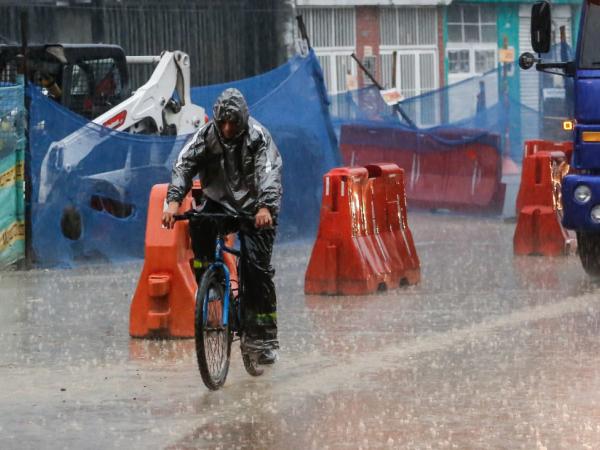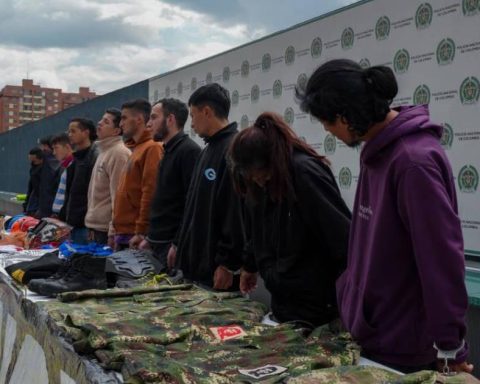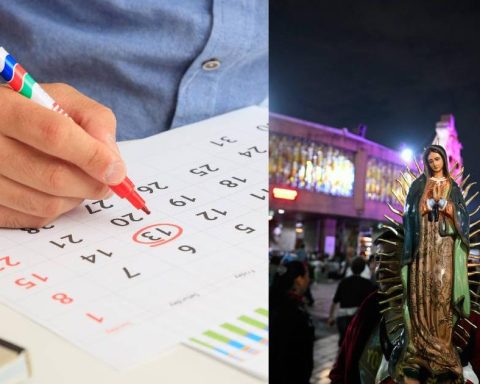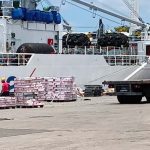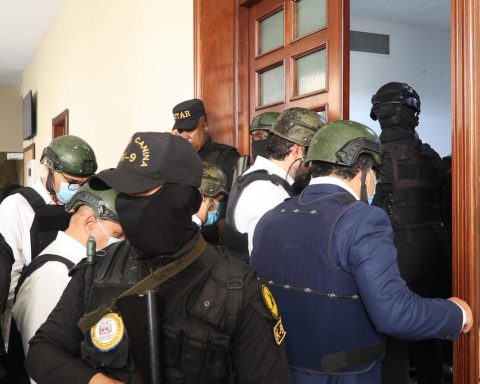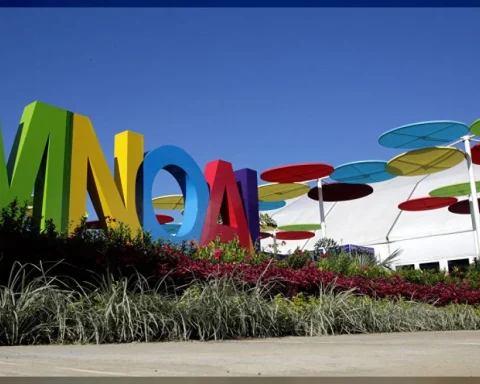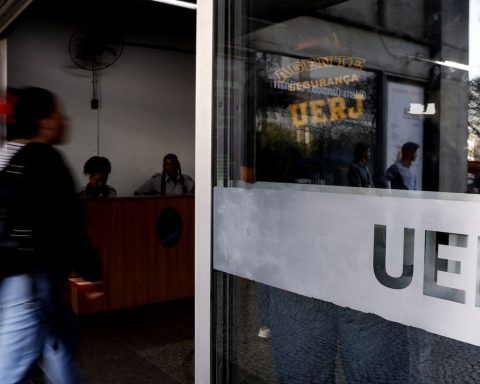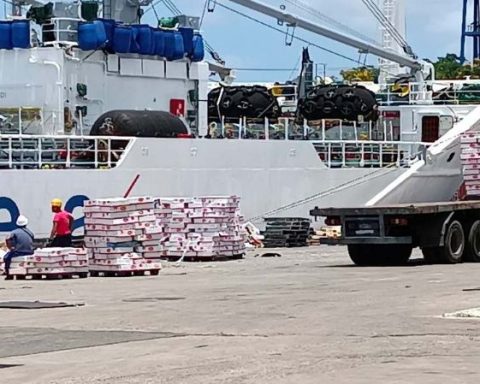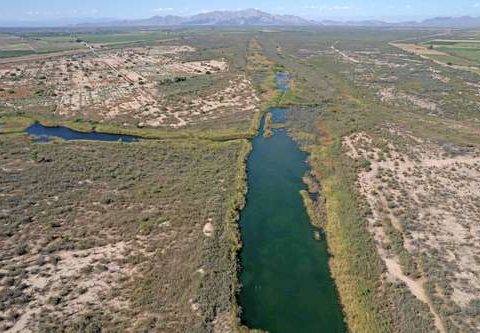With the arrival of November, heavy rains have been present in different areas of the national territory. In the case of Bogotá, Precipitation has remained constant in recent days, contributing to the improvement of the levels of the reservoirs that supply water to the capital.
(Read more: The most affected areas of the country due to the heavy rains of recent days)
This was stated by the mayor of the city, Carlos Fernando Galán, through his X account. According to the local leader, in the last eight days the Chingaza system (which integrates the Chuza and San Rafael reservoirs) has risen 10.21 million cubic meters, which places it at 48% to date.
However, despite the rains recorded so far in the eleventh month of the year, Chingaza remains well below the historical average and even from last year’s levels, when it was 49.52%.
Mayor Galán highlighted that the rationing measure implemented by the capital last April has saved approximately 26.4 million cubic meters of water. In that sense, he highlighted that if the system had not been adopted, it could be at a level close to 38.9%.
(Read more: The Government’s plan to address the emergency due to heavy rains in Chocó)
Chingaza System
(See: Chingaza System breaks downward streak, but it still would not be enough)
“Without a doubt these rains help us move away from ‘Day Zero’, but they are not yet enough to return to normal, so we must maintain rationing measures and efforts to continue reducing water consumption”he reiterated.
It should be remembered that the District Mayor’s Office defined a threshold to determine whether the adoption of more restrictive actions will be required. Thus, the so-called ‘day zero’ will serve as a reference for demonstrate the filling behavior of the Chingaza system.
According to Galan, “‘day zero’ will be reached when the level of the Chingaza system reaches 36% full, if this happens we will have to take more restrictive measures.”
(Read more: Take note: Here’s what to do if your vehicle is caught in a flood)
PORTFOLIO
